8 Rarest Gliders and Sailplanes Ever Built
Gliders and sailplanes offer a unique blend of beauty and skill in the world of aviation. While many are still in use, a few rare models stand out for their historical significance and advanced design. These rare aircraft have captivated aviation fans and collectors for decades. Some were built in small numbers, while others are prized for their role in shaping the sport. Join us as we delve into these exceptional flying machines.
This post may contain affiliate links, which helps keep this content free. Please read our disclosure for more info.
Alexander Schleicher ASW 27
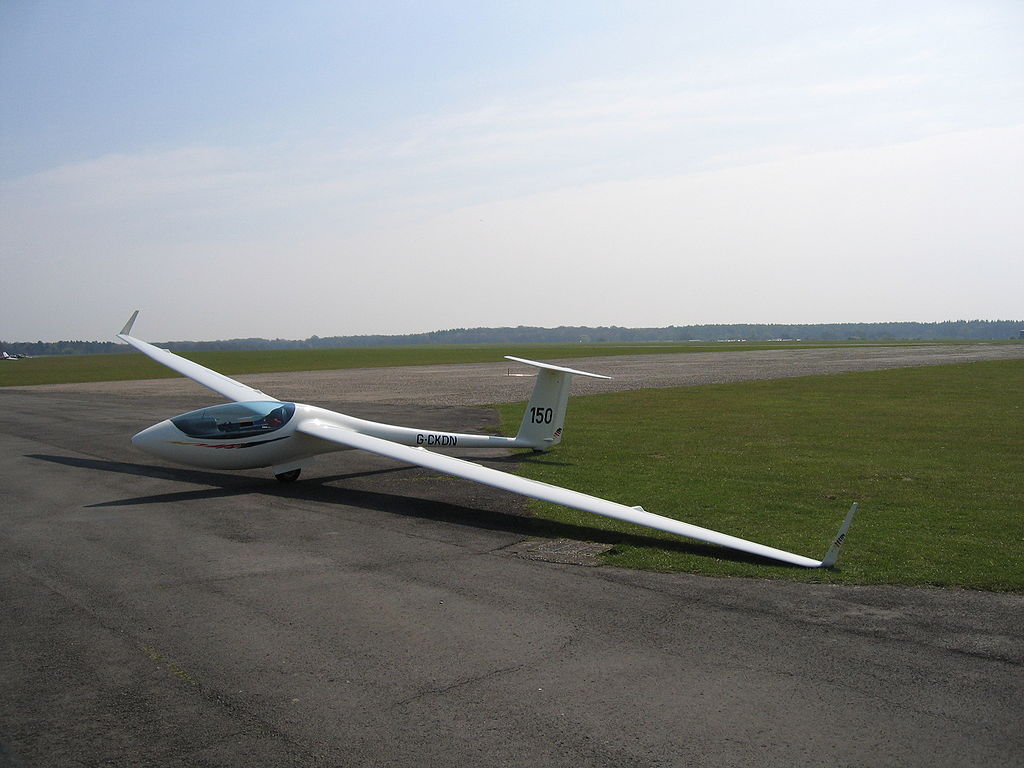
The ASW 27, designed by Alexander Schleicher, is known for its exceptional performance and sleek design. It was introduced in the 1980s as a high-performance glider, with a focus on low drag and high glide ratios. Only a few hundred units were built, making it a rare and highly sought-after model among collectors and aviation enthusiasts. Its advanced aerodynamics and ability to excel in both cross-country and competition settings contributed to its status as one of the most prized gliders of its time.
Due to its limited production and the craftsmanship involved, the ASW 27 is not easy to come by. Its lightweight construction and efficient performance capabilities make it a standout in the world of competitive soaring. Collectors often look for this glider because of its historical significance in shaping modern sailplane technology. Many of these aircraft are still used in competitions, though their rarity continues to drive up their value.
Schempp-Hirth Nimbus 4
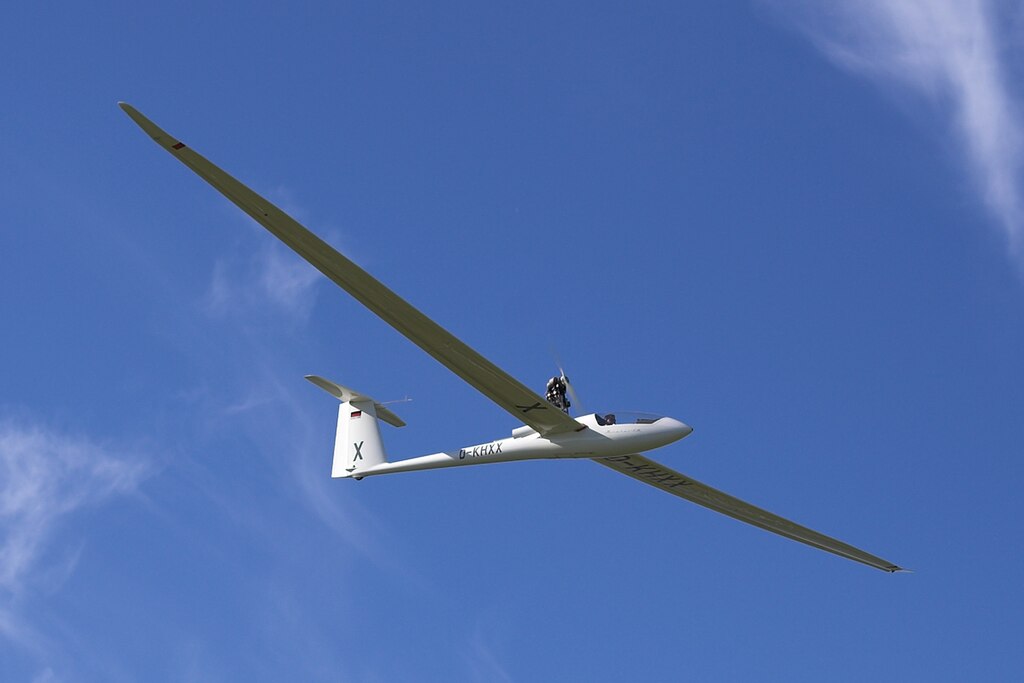
The Nimbus 4, developed by Schempp-Hirth, is a marvel of aerodynamic design, pushing the limits of glider technology. Introduced in the late 1980s, it was designed for long-distance flights, with advanced features that set it apart from other sailplanes of the time. This glider is known for its large wingspan, providing an incredible glide ratio and allowing for exceptional flight performance. With only a limited number built, the Nimbus 4 has become a rare and highly valuable piece in the glider world.
Its design incorporates advanced materials and precision engineering, which made it a favorite among top pilots in the 1980s and 1990s. The Nimbus 4 was one of the first gliders to achieve records in distance and speed, adding to its allure. These gliders are still revered for their incredible performance capabilities, making them an attractive find for both collectors and active pilots. However, their rarity ensures that they are often out of reach for the average enthusiast.
Horten Ho 229

The Horten Ho 229 is an iconic aircraft, originally designed during World War II, though it was never put into mass production. Its unique flying wing design was ahead of its time, offering reduced drag and improved aerodynamic efficiency. This design influenced many modern stealth technologies and is a key piece of aviation history. The rarity of the Horten Ho 229 stems from the fact that only a few prototypes were ever made, and they were destroyed during the war or lost thereafter.
Though most of the original aircraft were destroyed, one surviving model is on display at the Smithsonian National Air and Space Museum. The Ho 229’s revolutionary design has made it a subject of fascination for aviation historians and collectors alike. Its scarcity is what makes it especially valuable today, with any remaining models commanding high prices in the aviation market. The historical significance and futuristic design elements continue to make it a symbol of innovation.
Let L-13 Blanik
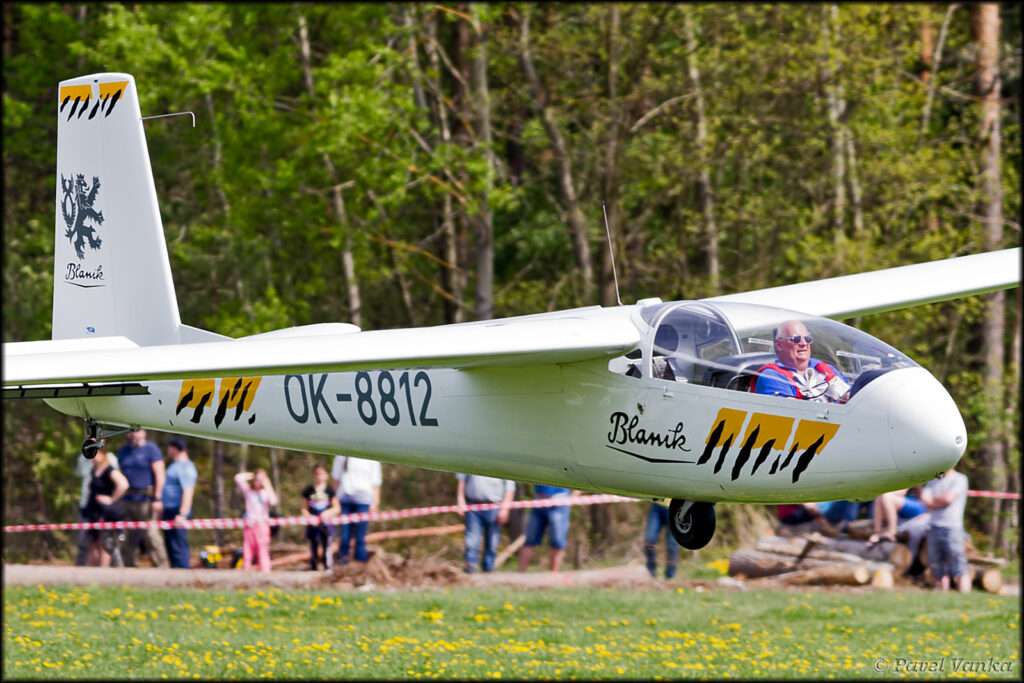
The L-13 Blanik is a Czech-designed glider that became famous for its rugged design and reliability. First introduced in 1959, the Blanik was widely used for both training and sport flying, with thousands produced over the years. However, its status as a rare glider comes from the limited number still in operational condition today. With its long service life and durable construction, many of the older models are no longer available to the public.
This glider was designed to withstand harsh conditions, making it a favorite for flight schools and military applications. Today, the L-13 Blanik is cherished by glider enthusiasts, who value it for its simplicity and reliable performance. Despite its popularity, the number of working models continues to decline, which is why it is considered a rare find. Many examples are still used in training, but those that remain in pristine condition are highly prized.
Schweizer SGS 2-32
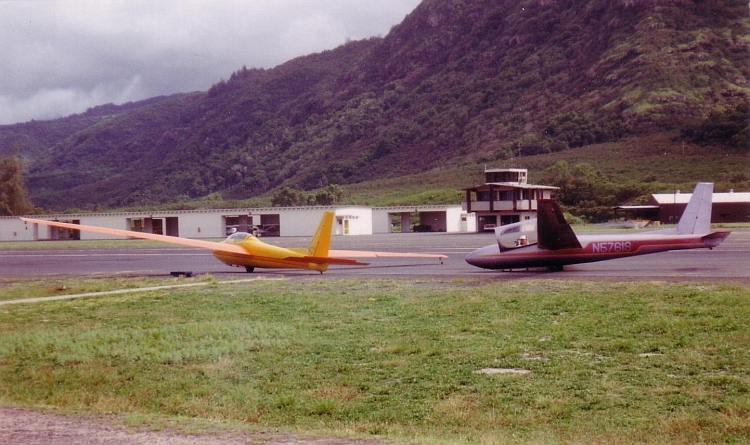
The Schweizer SGS 2-32 is a glider that stands out due to its excellent performance and unique design features. First introduced in the late 1960s, the SGS 2-32 was intended for cross-country soaring and competitive events. Its rarity comes from its limited production, with only a small number built during its manufacturing run. The glider’s distinctive features, including its fiberglass construction and long wingspan, made it a top choice for serious soaring enthusiasts at the time.
This glider is especially valued for its ability to perform well in both speed and distance competitions, making it a rare find among vintage gliders. Its streamlined design allowed for smooth, efficient flights, even in challenging conditions. Today, only a handful of SGS 2-32 gliders remain in flying condition, and they are considered highly desirable by collectors and pilots alike. Its rarity and historical significance ensure that it remains a sought-after piece of aviation history.
Grob G109B
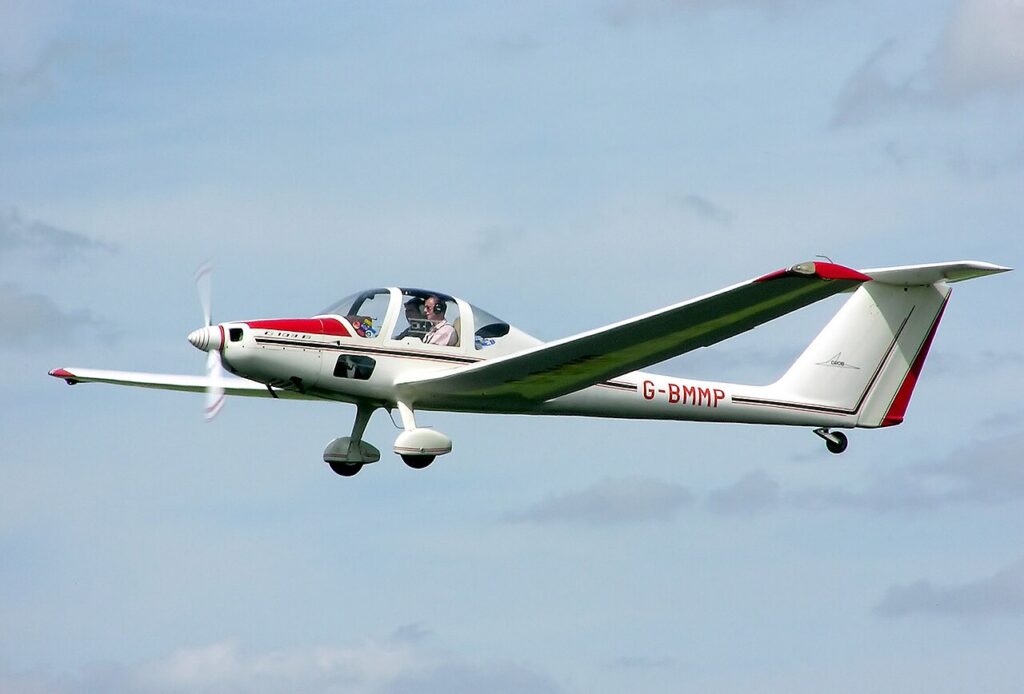
The Grob G109B is a glider known for its versatility and high-performance capabilities. Developed in the 1970s, it was designed to excel in both training and cross-country soaring. Its rarity is due to the relatively small number of these gliders that were produced, with many of them having been retired from active use over the years. The G109B was known for its comfortable cockpit and smooth handling, which made it a favorite among serious pilots.
Due to its design and history, the G109B has become a rare gem in the glider world. Its simple yet effective design allowed for easy control and impressive performance in various conditions. Today, the G109B is highly regarded by collectors and soaring enthusiasts who admire its craftsmanship and performance. Its limited availability ensures that any remaining models are seen as highly valuable.
ASW 20
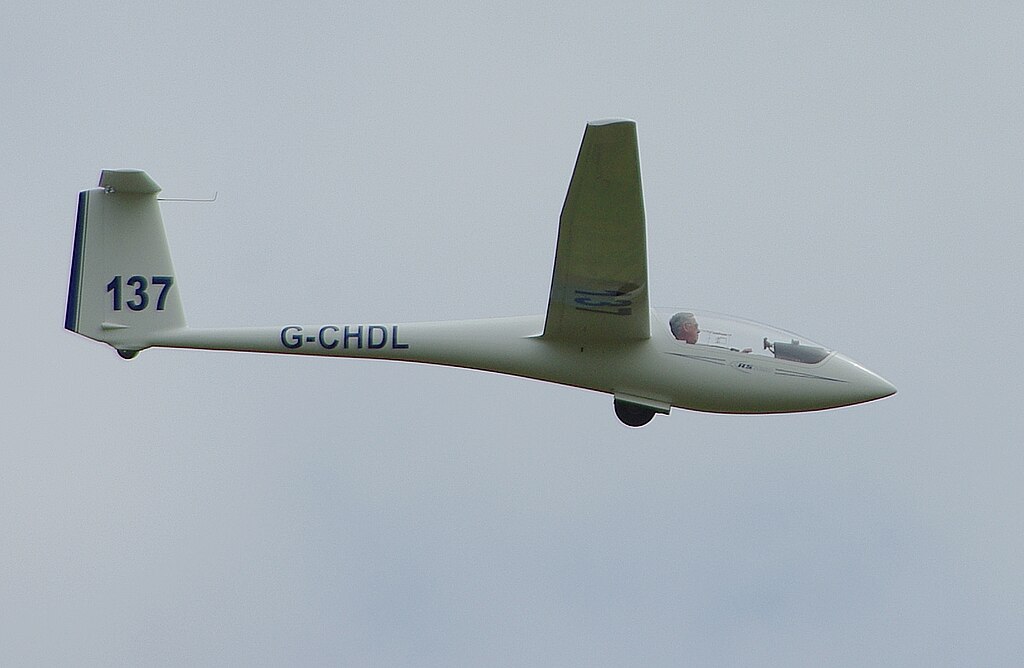
The ASW 20, developed by Alexander Schleicher in the 1970s, is a glider that remains a favorite among competitive pilots. Known for its high-performance design, the ASW 20 offers an impressive glide ratio, making it ideal for cross-country flights and long soaring trips. The glider is prized for its simple yet effective design, which has withstood the test of time. With a relatively low number of units produced, the ASW 20 is considered rare, especially among vintage gliders.
Its aerodynamic design, featuring a long wingspan and low drag, allowed the ASW 20 to perform exceptionally well in competitions. This glider’s versatility made it popular among both recreational pilots and competitive enthusiasts. Today, the ASW 20 remains in demand due to its excellent handling and high performance. As fewer of these gliders are available, their value continues to rise among collectors.
DG-1000
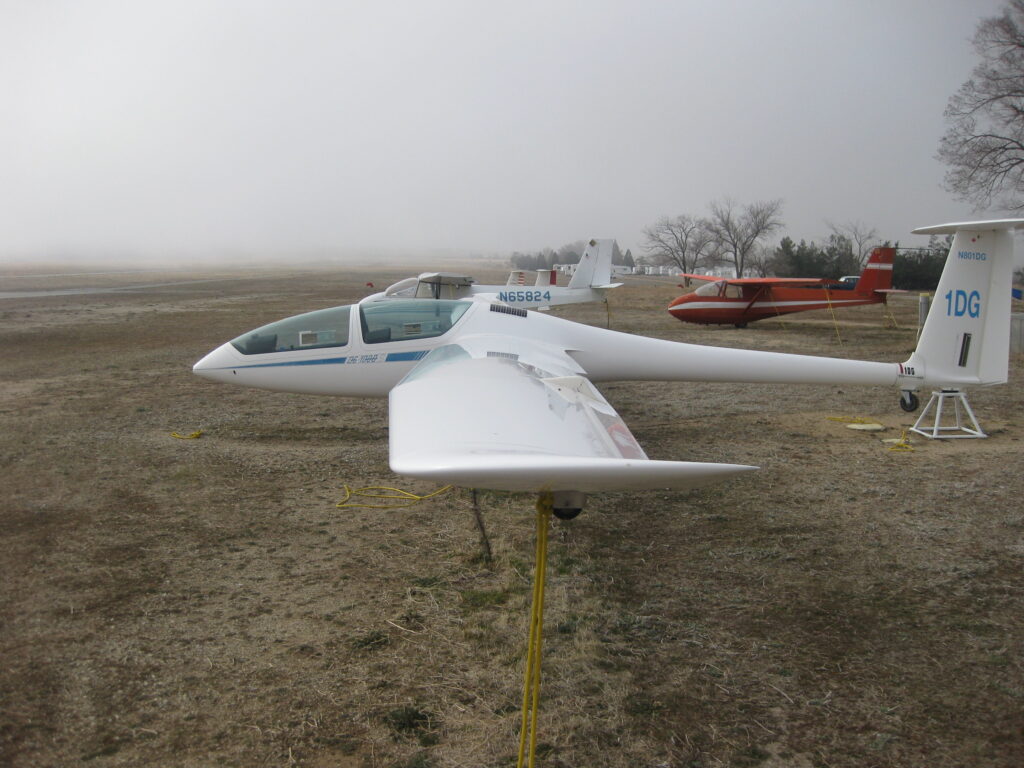
The DG-1000 is a powerful two-seat glider that has made its mark in the world of competitive soaring. Introduced in the early 1990s, the DG-1000 quickly gained popularity for its performance and easy handling. Its rarity comes from the limited number produced, with many of these gliders still being used by competition pilots. The DG-1000’s large wingspan and excellent glide ratio make it a top contender in long-distance soaring events.
While still in use today, the DG-1000 is considered a rare glider because of its unique combination of performance and comfort. The aircraft is designed with both recreational and competitive soaring in mind, making it a versatile option for pilots. As a result, it remains in demand by serious glider enthusiasts. Finding one in good condition can be a challenge, further driving up its rarity and value in the market.
This article originally appeared on Avocadu.
